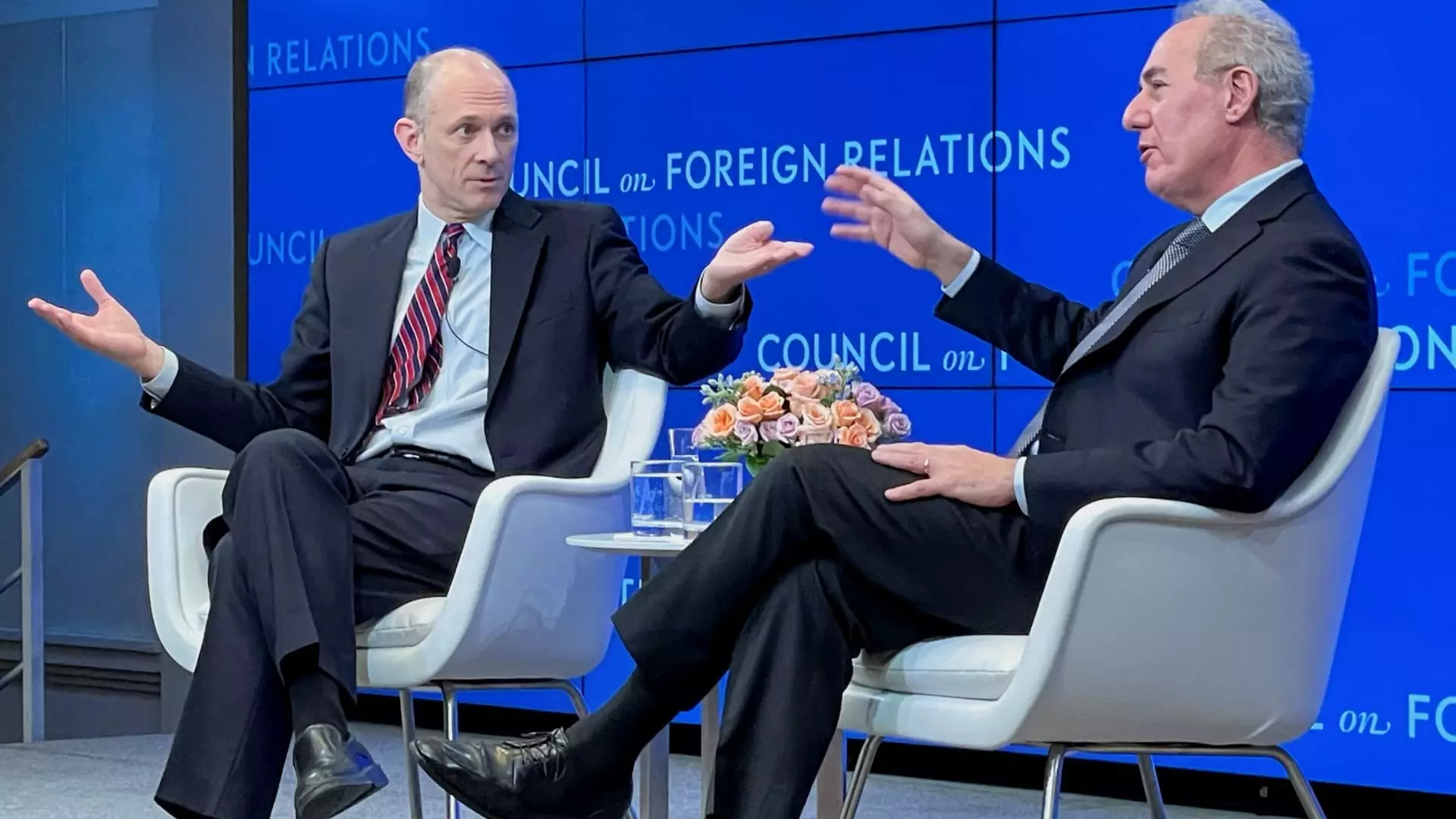Federal Reserve Bank of Chicago President Austan Goolsbee recently commented on the challenges of reaching 2% inflation by 2024. Despite the Federal Reserve’s stated target of 2% inflation, reaching this goal has proven to be more difficult than anticipated. Inflation has decreased from its pandemic-era peak of 9.1%, but it remains stubbornly above the target. The consumer price index rose 3.5% in March from a year ago, indicating that there is still work to be done to achieve the desired inflation rate.
Goolsbee acknowledged that the path to 2% inflation may not be as rapid as initially expected. While inflation has decreased significantly, the pace of reaching the target has slowed down. This “stalling” of progress requires further investigation into the direction of the economy before any decisions are made to cut rates. Goolsbee emphasized the importance of closely monitoring economic data and trends to ensure that the Fed stays on track to achieve its inflation goal.
One key area of concern is housing inflation, which Goolsbee highlighted as an area that has not behaved as anticipated. Shelter costs, which account for a significant portion of the consumer price index, rose 5.7% in March from a year ago. Goolsbee expressed concern that market rent inflation has not yet translated into the official measure of inflation. If this trend continues, it could pose a significant challenge in reaching the 2% inflation target by 2024.
The Need for Continued Monitoring and Analysis
Goolsbee emphasized the importance of staying vigilant and responsive to economic data in order to stay on track towards achieving the 2% inflation target. As a self-proclaimed “data dog,” he stressed the need to carefully analyze trends and indicators to make informed decisions about future monetary policy. By closely monitoring inflationary pressures, particularly in the housing market, policymakers can better position themselves to address any challenges that may arise in the path towards 2% inflation.

